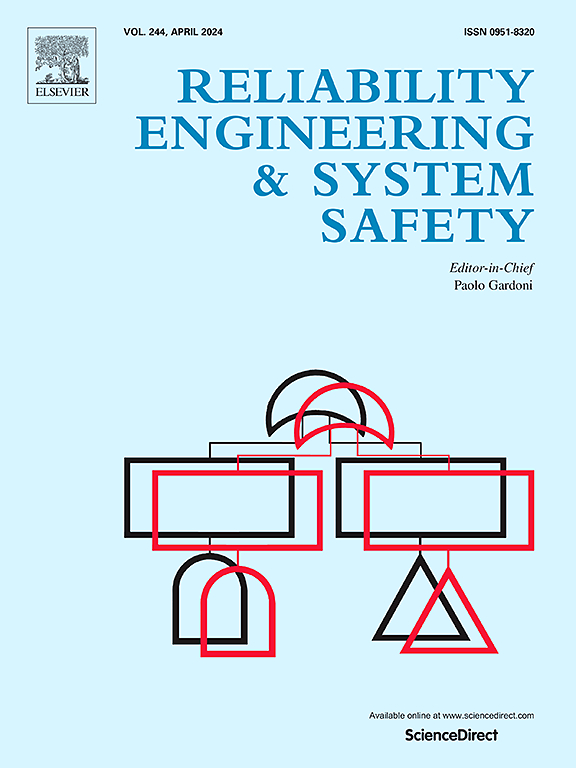A novel hybrid approach combining PDEM and bayesian optimization deep learning for stochastic vibration analysis in train-track-bridge coupled system
IF 9.4
1区 工程技术
Q1 ENGINEERING, INDUSTRIAL
引用次数: 0
Abstract
Train-track-bridge (TTB) system is a highly stochastic dynamical system. Deep learning has been applied to stochastic vibration analysis of TTB systems in recent years. However, most machine learning models consider only a single numerical relationship between input data and output responses. This often results in a strong dependence on training data, leading to a lack of robustness and reliability. In this paper, a novel hybrid method combining the probability density evolution method (PDEM) with an improved Bayesian optimization (BO) deep learning model (IDLM) is proposed for the efficient stochastic vibration analysis of uncertain TTB systems. This approach facilitates information exchange between the train-bridge model and the deep learning model. In this approach, PDEM is integrated into the deep learning framework to achieve a cohesive integration of physical and numerical models. The applicability of the PDEM-IDLM method is verified by comparing the predicted stochastic responses with the results of a validated train-bridge model. Furthermore, a case study investigates the effects of training dataset size, vehicle speed, and noise level, providing additional validation of the robustness of the proposed method.
求助全文
约1分钟内获得全文
求助全文
来源期刊

Reliability Engineering & System Safety
管理科学-工程:工业
CiteScore
15.20
自引率
39.50%
发文量
621
审稿时长
67 days
期刊介绍:
Elsevier publishes Reliability Engineering & System Safety in association with the European Safety and Reliability Association and the Safety Engineering and Risk Analysis Division. The international journal is devoted to developing and applying methods to enhance the safety and reliability of complex technological systems, like nuclear power plants, chemical plants, hazardous waste facilities, space systems, offshore and maritime systems, transportation systems, constructed infrastructure, and manufacturing plants. The journal normally publishes only articles that involve the analysis of substantive problems related to the reliability of complex systems or present techniques and/or theoretical results that have a discernable relationship to the solution of such problems. An important aim is to balance academic material and practical applications.
 求助内容:
求助内容: 应助结果提醒方式:
应助结果提醒方式:


